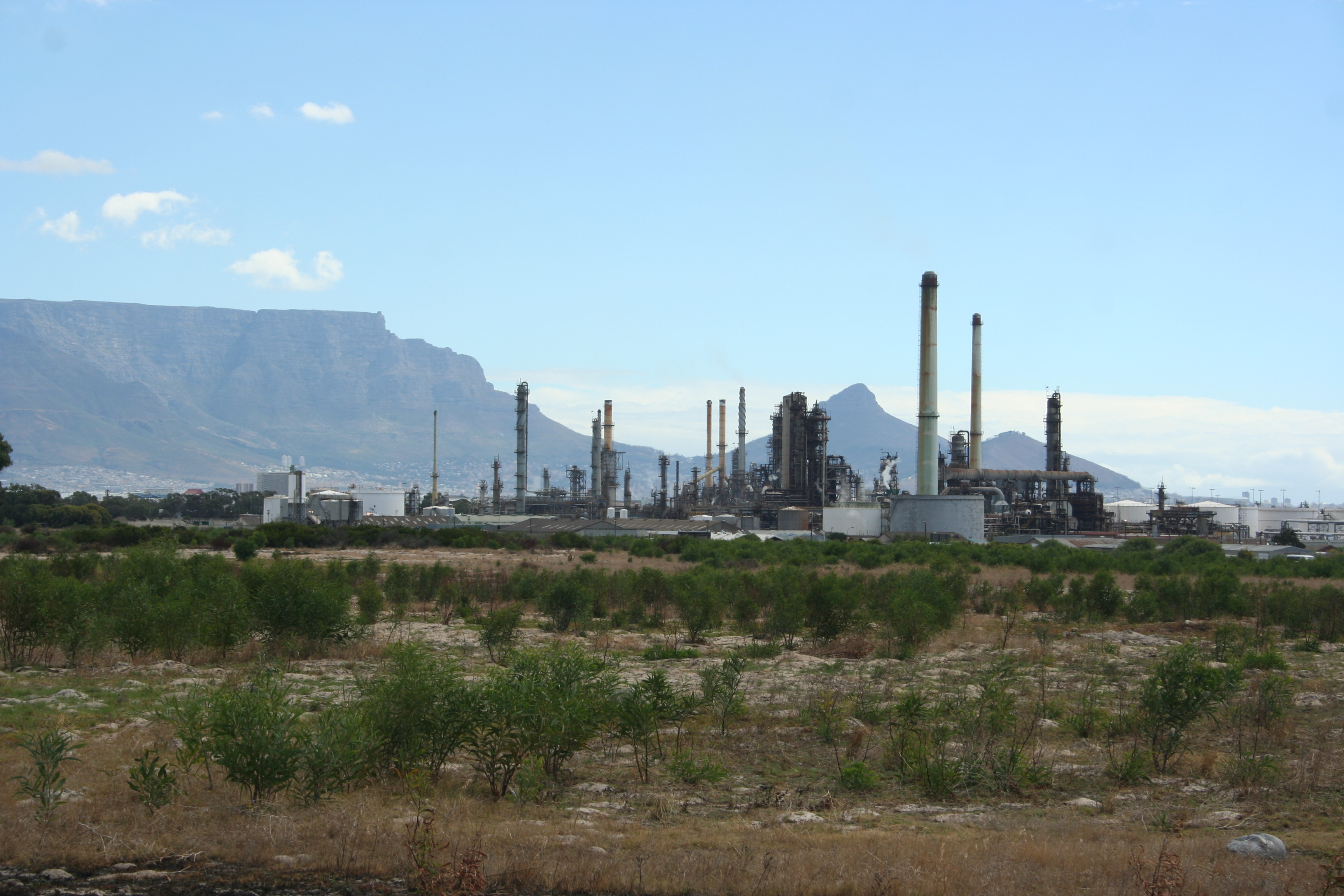Politics
FACT CHECK: Rick Perry Discusses The State Of American Energy, Renewables

Chevron_Oil_Refinery | By Discott - Own work, CC BY-SA 3.0, https://commons.wikimedia.org/w/index
Energy Secretary Rick Perry attended a March 29 event about the state of U.S. energy where he discussed his thoughts on energy policy with Carl Cannon, the Washington bureau chief of RealClearPolitics.
Here are four checks on claims from the interview.
Claim 1: “Solar grew by 90 percent in the last two years. So, we’re seeing this really great growth in these renewables,” claimed Perry.
The solar energy sector has grown dramatically in recent years. Technological innovation, as well as economies of scale, have made solar a viable technology. The price of crystalline silicon solar modules, for example, have dropped dramatically, falling from $79 per watt in 1976 (2018 dollars) to $0.27 per watt, according to BloombergNEF.
In terms of electricity generation, the extent of that growth depends on the type of solar panels counted and whether small-scale facilities are included. Looking at photovoltaic solar panels – the dominant type of solar technology – the U.S. generated, on net, nearly 33 million megawatt hours (MWh) at utility-scale facilities in 2016, rising 90 percent to 63 million MWh in 2018, according to the Energy Information Administration (EIA).
When including electricity generated from a second form of solar technology known as solar thermal, the percent change drops slightly to 85 percent.
These figures only represent the electricity generated at utility-scale facilities, which are 1 MW or larger in size. The percentage drops further – to 75 percent – when including net electricity generation from small-scale facilities.
The EIA’s Monthly Energy Review for March reports an 85 percent increase for solar electricity – 36.1 million net kilowatt hours (kWh) generated in 2016, compared to 66.6 million kWh in 2018.
Claim 2: “When I was governor of Texas, we put more wind energy in than any other state in the nation,” said Perry.
Perry served as governor of Texas from December 2000 to January 2015, making him the longest-serving governor in Texas history. During that time, the state experienced a boom in wind energy. From 2000 to 2014, the amount of net electricity generated from wind power grew from 492,000 MWh a year to just over 40 million a year, an 8029 percent increase, according to EIA data.
No other state experienced the same level of growth over this period. Iowa was the next closest, generating an additional 15.8 million MWh from wind.
The same can be said when measuring growth by installed wind capacity. Texas added nearly 14,000 megawatts (MW) of capacity from 2000 to 2014, according to the Energy Department’s (DOE) WindExchange website, far more than the 5,446 MW that Iowa added over the same period.
Perry helped spur investment in wind energy when he signed a 2005 bill that required Texas to dramatically increase its renewable energy capacity over the following decade. He also threw his support behind a $7 billion electrical transmission project to send renewable energy to communities across the state.
Claim 3: “From 2005 to 2017, this country has reduced emissions by 14 percent,” claimed Perry.
In 2017, the U.S. emitted 5.1 billion metric tons of energy-related carbon dioxide, according to EIA data. This represents a 1 percent decrease from the previous year and a 14 percent decrease since 2005.
Weighted by global warming potential, carbon dioxide emissions accounted for 82 percent of total greenhouse gas emissions in 2017, according to a report from the Environmental Protection Agency. Gross greenhouse emissions fell from 7.3 billion metric tons in 2005 to 6.5 billion in 2017, a 12 percent reduction.
Claim 4: “When I first met you, you were running for president – the Department of Energy was one of the federal agencies that you thought was maybe extraneous,” said Cannon.
In 2011, Perry ran for president as a Republican. During one presidential debate, he said that he would abolish three federal agencies if elected, naming the Commerce and Education Departments, but infamously forgetting the third.
He later clarified that the third agency was the DOE, telling reporters, “Everybody tomorrow will understand the Energy Department is one of those that needs to be done away with.”
President Donald Trump announced that he would nominate Perry to serve as energy secretary in December 2016.
Have a fact check suggestion? Send ideas to [email protected]
All content created by the Daily Caller News Foundation, an independent and nonpartisan newswire service, is available without charge to any legitimate news publisher that can provide a large audience. All republished articles must include our logo, our reporter’s byline and their DCNF affiliation. For any questions about our guidelines or partnering with us, please contact [email protected].

